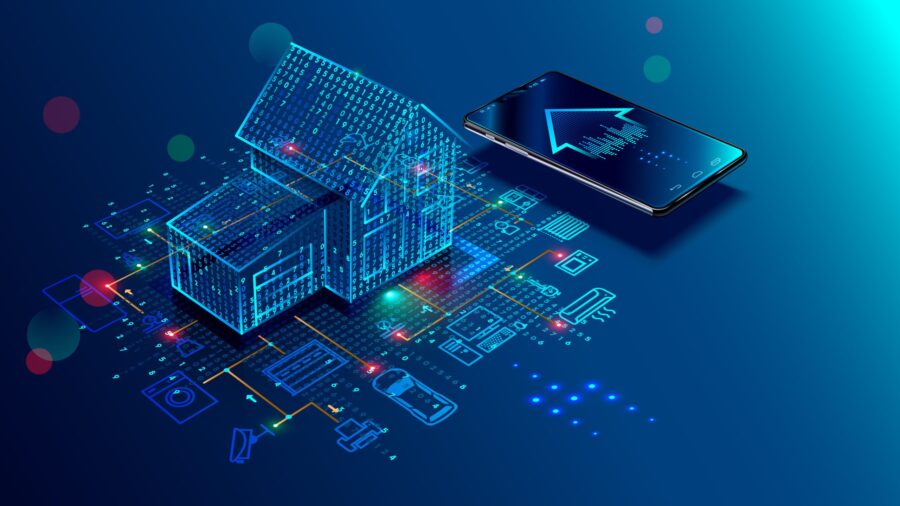
Understanding the Importance of Cybersecurity at Home and Top Five Strategies to Secure Your Network
With increasing technological advancements, cybersecurity has become an essential requirement for every level of societal infrastructure. Not just large-scale tech firms, security agencies, and industries dealing with sensitive data, but even simple domestic households are potential targets of cyber-attacks.
Thus, comprehensive strategies to deter virtual threats and ensure the integrity and privacy of data are the need of the hour.
Why is Cybersecurity Significant?
Over the past decade, there has been a sweeping increase in digitalization of households – finance management, personal data storage, entertainment options, home security systems, and even major household appliances are now digitally connected. This increasing connectivity has opened up new channels for threat actors and potential breaches in data privacy.
Households have become lucrative targets because of their relative vulnerability. Personal data about members, financial information, and access to connected systems can be compromised, leading to identity thefts or financial frauds. Furthermore, with many people now working from home, protecting domestic networks from security threats has become more critical than ever.
Top Five Tips for Securing Your Home Network
- Secure Your Wi-Fi Network: An unsecured Wi-Fi network could be an open invitation to hackers. Make sure to use a strong unique password and the latest encryption method (WPA3) for your Wi-Fi. Additionally, turning off the network when not in use further reduces the risk.
- Install Anti-virus Software: Comprehensive anti-virus software provides a formidable line of defense against various malware attacks and potential security breaches. Regular updates ensure that the software stays one step ahead of the latest threats.
- Be Wary of Phishing Scams: Phishing emails or messages are often used by hackers as a gateway to your device/network. Being cautious about clicking on questionable links or downloading unexpected attachments can prevent such attacks.
- Update Devices Regularly: Regular updates of all digital devices with internet connectivity (smartphones, smart TVs, laptops, etc.) will help keep your digital network safe. Updates often patch security flaws that could be exploited by hackers.
- Backup Your Data: Regularly backing up data ensures its safety even if a breach occurs. This is especially useful in the case of ransomware attacks when access to data is blocked until a ransom is paid.
In conclusion, as the threat landscape continues to evolve with advancements in technology, proactive measures like these will go a long way in ensuring the security of home networks.
Actionable Advice
Cybersecurity experts need to effectively communicate the importance of domestic network security and provide easy-to-understand tips and strategies. The idea is not just to protect individuals and households but to collectively strengthen the societal digital infrastructure. As every household becomes a part of an interweaved community network, protecting each node boosts overall network security.
Moreover, regulatory policies must enforce basic security practices for digital product/service providers. For instance, pre-configured strong security settings in routers or regular device software updates by manufacturers can ease the cybersecurity burden on households.
Ultimately, staying informed and attentive about potential cybersecurity threats and employing strategic measures can ensure a safer and more secure digital experience at home.
